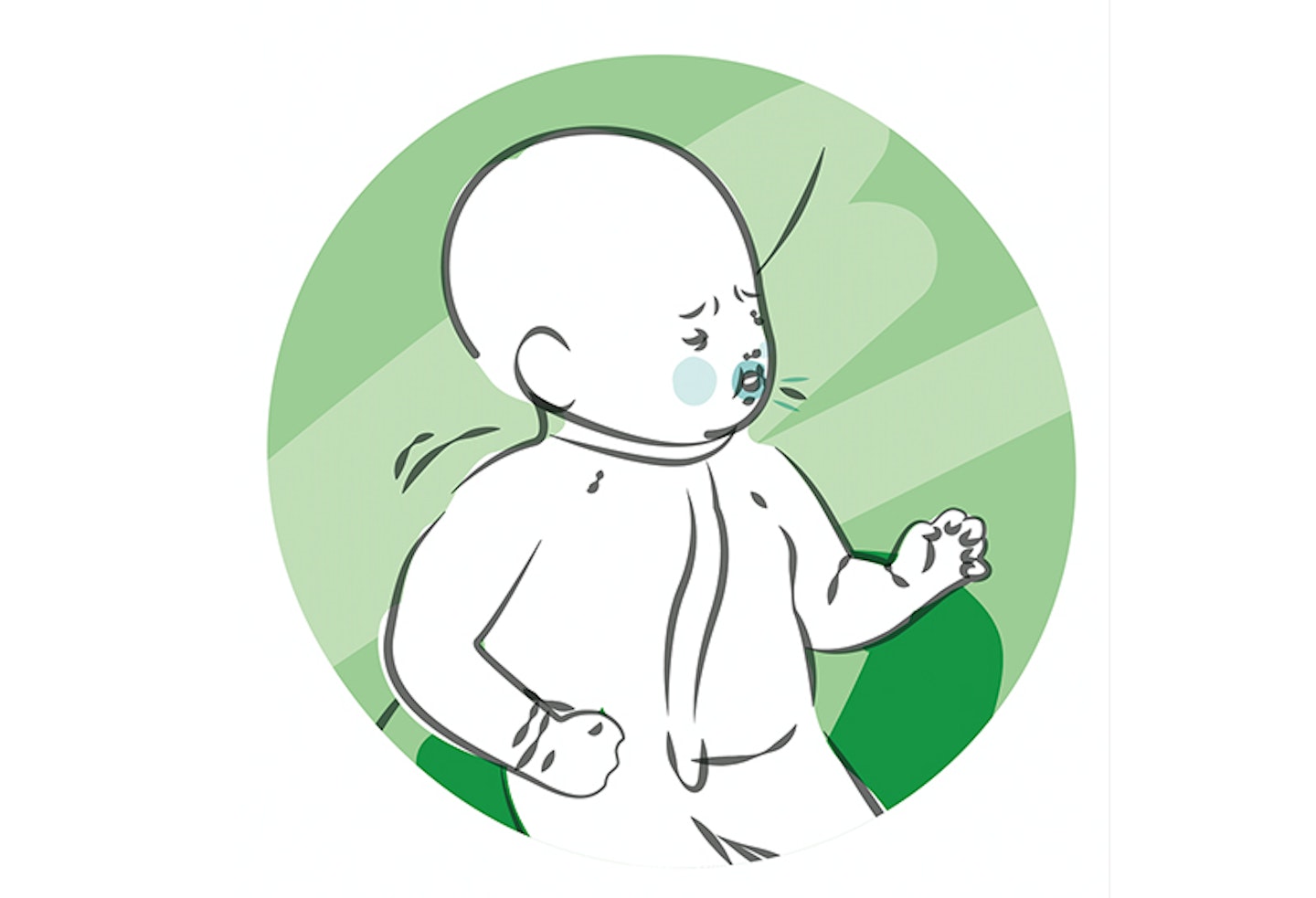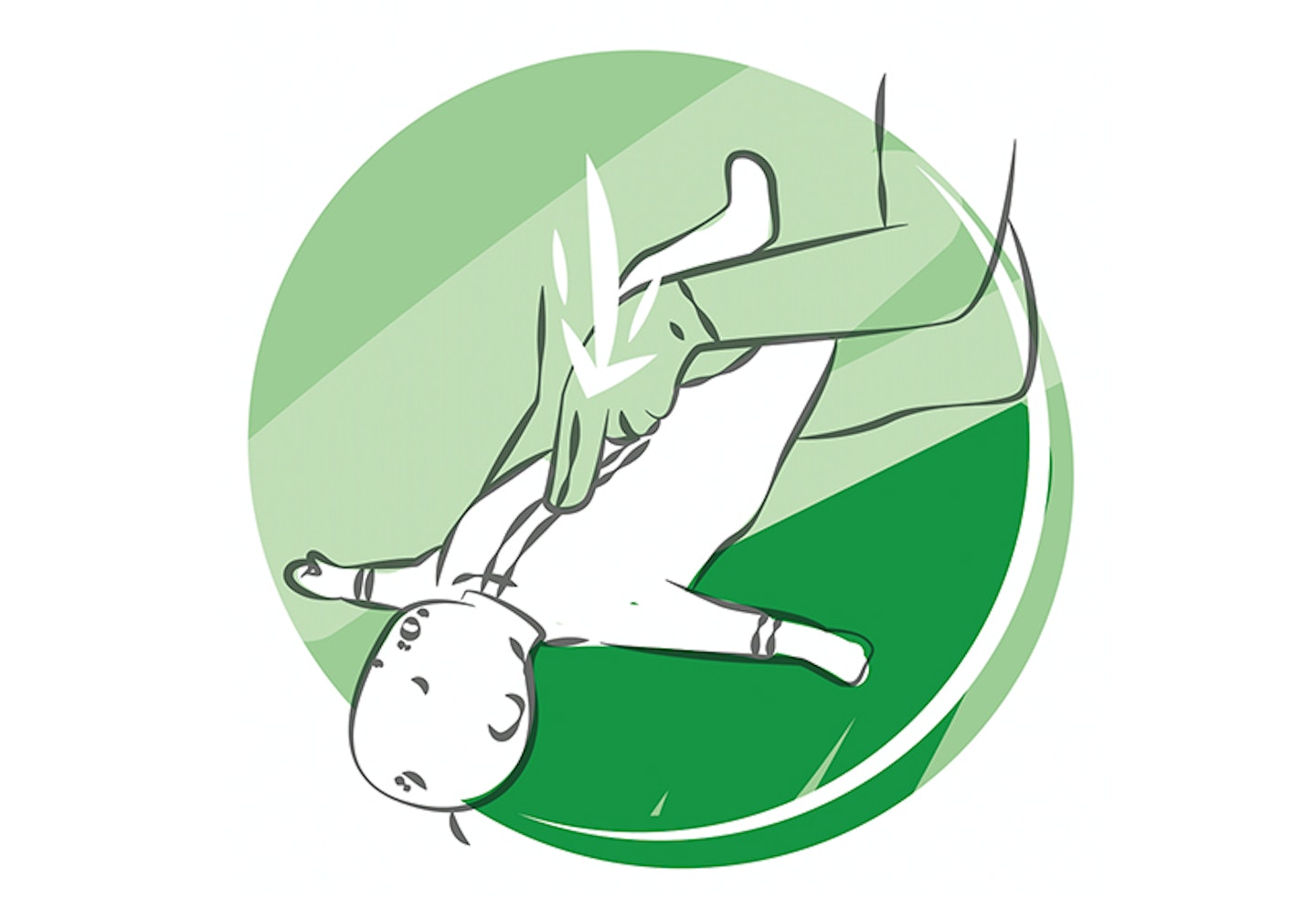Choking is a major concern for parents. In a recent Mini First Aid survey, over 60% told us that choking is their number one fear. This is a particular focus around the time you are weaning your baby.
If your baby is choking, you need to act calmly, quickly and confidently to assist her. And it’s not as scary – or as difficult – as it may seem. You just need to figure out if and why your baby’s choking and know how to help her
How to check if your baby’s choking...
1) Can you see an obstruction?: Ask yourself why your baby’s choking – was she eating something? Playing with something small? If so, that could be what she is choking on.
2) Is she allergic to anything? If your baby has an allergy, she may be choking because she’s come into contact with it. If this is the case, she may have gone into anaphylactic shock and will need medical attention as soon as possible.
3) Does she suffer from a heart condition? Choking can be a sign of heart failure, particularly if your baby has a heart condition. In this situation, it’s best to seek medical help straight away.
4) Can your baby cry, cough or breathe? If your baby can make a sound then her airway is only partially blocked. If she’s coughing, you should let her keep coughing as it’s the best way to clear out any obstructions.If she isn’t making any noise or is producing a strange, high-pitched sound then you will need to help clear the obstruction for her – see below.
5) Are her skin, lips or fingernails turning bright red or blue? If yes, then this means that the airflow is reduced and so not enough oxygen is flowing around her body. Try not to panic, and help clear the obstruction. It could also hint at croup, a respiratory condition where the lungs become inflamed or whooping cough.
How to help a choking baby
1) If a baby is choking, they may become distressed
If it is a mild blockage a baby should be able to clear it by coughing or gagging.
If unable to cough, lips can turn blue and they will make no noise, you need to act fast to clear the blockage as they are unable to breathe.

2) Back slaps. With baby face down over your thigh, support their head and give 5 back slaps between the shoulder blades with the heel of your hand.
Check if the obstruction has come out. If not move onto step 3.

3) Lay baby on your thigh face up.
Using 2 fingers give up to 5 downward chest thrusts in the centre of the chest using a firm jabbing motion.
Check the mouth. If the obstructions have not come out, call 999 and continue with cycles of 5 back slaps & 5 chest thrusts.

If your baby’s airway is still blocked after three cycles of back slaps and chest thrusts, you should call an ambulance immediately. But don’t leave your baby – take her to the phone with you if there is no one else at home.
Continue with the cycles of back slaps and chest thrusts until medical help arrives. And try your best to keep calm.
You must always refer to a hospital when a child or baby has been choking
How to best prevent choking in babies
To keep babies safe, foods need to be ‘squishable’ between thumb and forefinger (so no raw apple or carrot) and need to be roughly ‘baby fist’ size or ‘chip’ sized. This is to enable babies to hold food securely and gnaw off what they can manage. Avoiding round or cubed pieces of food such as cubes of cheese and whole grapes is important too. A lot of people don’t realise that with babies, bigger pieces of food are so much safer and easier to manage than little chunks.
Babies and children should all sit on their bottoms to eat. Moving around when eating puts little ones at higher risk of choking as it is harder to observe them when they are eating. Babies and children should never eat without adult supervision.
Food should be chopped (or broken) into safe manageable pieces as detailed above.
And chew – babies and children learn by watching others, so make sure you demonstrate that you are chewing your food (sometimes adults have a habit of not chewing and just shovelling!) Even without teeth, babies can mash chew soft food with their gums.
You must always refer to hospital any child or baby who has been choking and where abdominal manoeuvres have been used.
To book onto a Mini First Aid course near where you live, click on www.minifirstaid.co.uk
